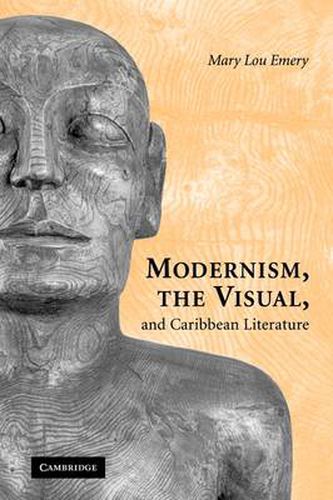Readings Newsletter
Become a Readings Member to make your shopping experience even easier.
Sign in or sign up for free!
You’re not far away from qualifying for FREE standard shipping within Australia
You’ve qualified for FREE standard shipping within Australia
The cart is loading…






Vision is a recurring obsession in the work of twentieth-century Caribbean writers. This ambitious study offers a comprehensive analysis of the visual in authors from the Anglophone Caribbean as they intersect with mainstream Modernism. While sound cultures have received more attention in studies of the Caribbean, this is the first to analyse acts of seeing, inner vision, and reflections on visual art. Mary Lou Emery analyses the art, theatre, and literature of the early twentieth century, including works by Edna Manley and Una Marson, then turns to George Lamming, C. L. R. James, Derek Walcott, Wilson Harris, and a younger generation including Jamaica Kincaid and David Dabydeen. She argues that their preoccupation with vision directly addresses philosophies of sensory perception developed at the height of the slave trade and emerges in conditions of diaspora continuing into the present. This study is an original and important contribution to transatlantic and postcolonial studies.
$9.00 standard shipping within Australia
FREE standard shipping within Australia for orders over $100.00
Express & International shipping calculated at checkout
Vision is a recurring obsession in the work of twentieth-century Caribbean writers. This ambitious study offers a comprehensive analysis of the visual in authors from the Anglophone Caribbean as they intersect with mainstream Modernism. While sound cultures have received more attention in studies of the Caribbean, this is the first to analyse acts of seeing, inner vision, and reflections on visual art. Mary Lou Emery analyses the art, theatre, and literature of the early twentieth century, including works by Edna Manley and Una Marson, then turns to George Lamming, C. L. R. James, Derek Walcott, Wilson Harris, and a younger generation including Jamaica Kincaid and David Dabydeen. She argues that their preoccupation with vision directly addresses philosophies of sensory perception developed at the height of the slave trade and emerges in conditions of diaspora continuing into the present. This study is an original and important contribution to transatlantic and postcolonial studies.